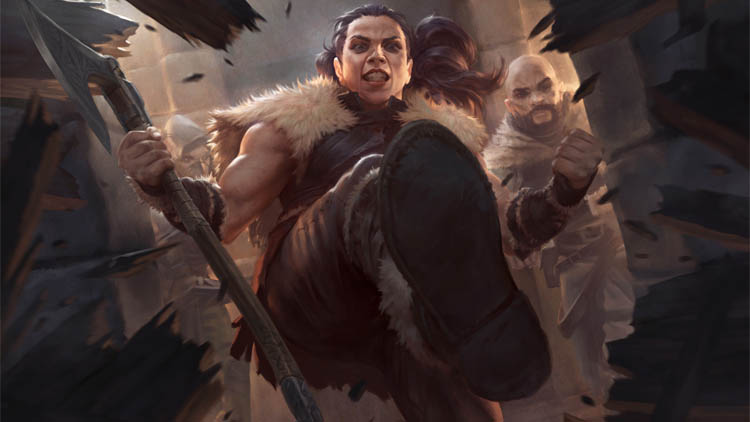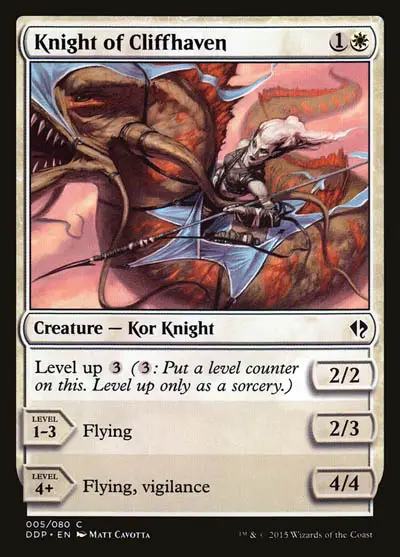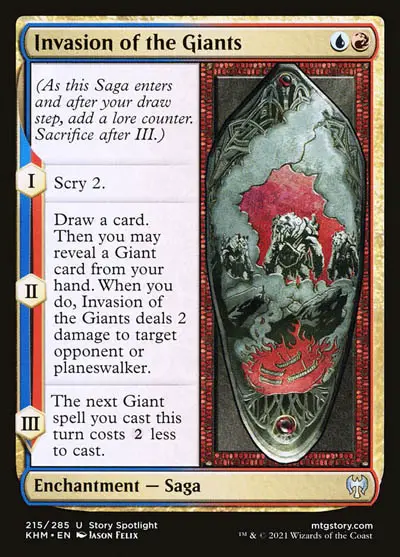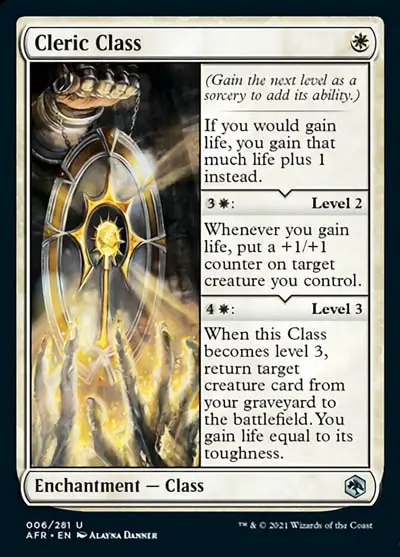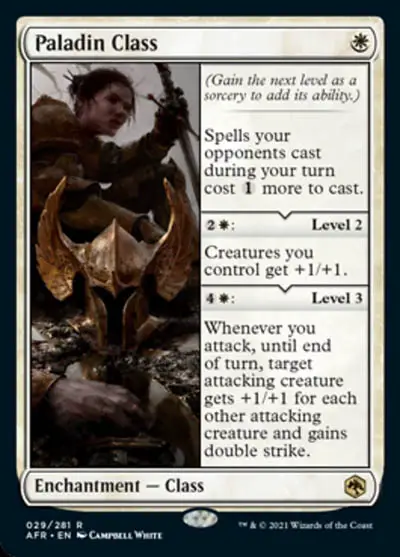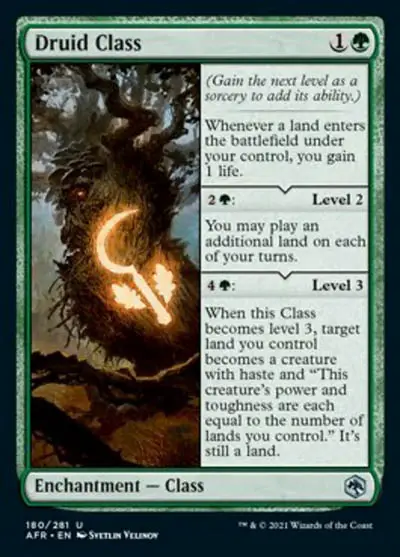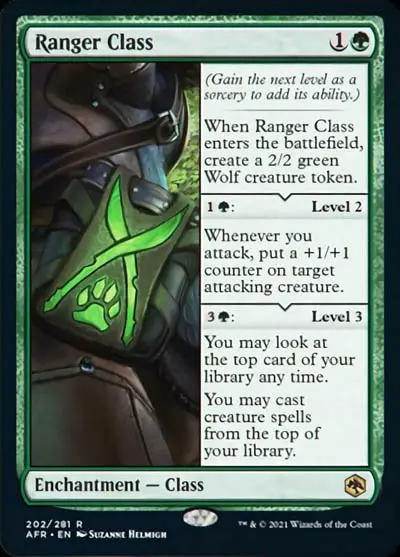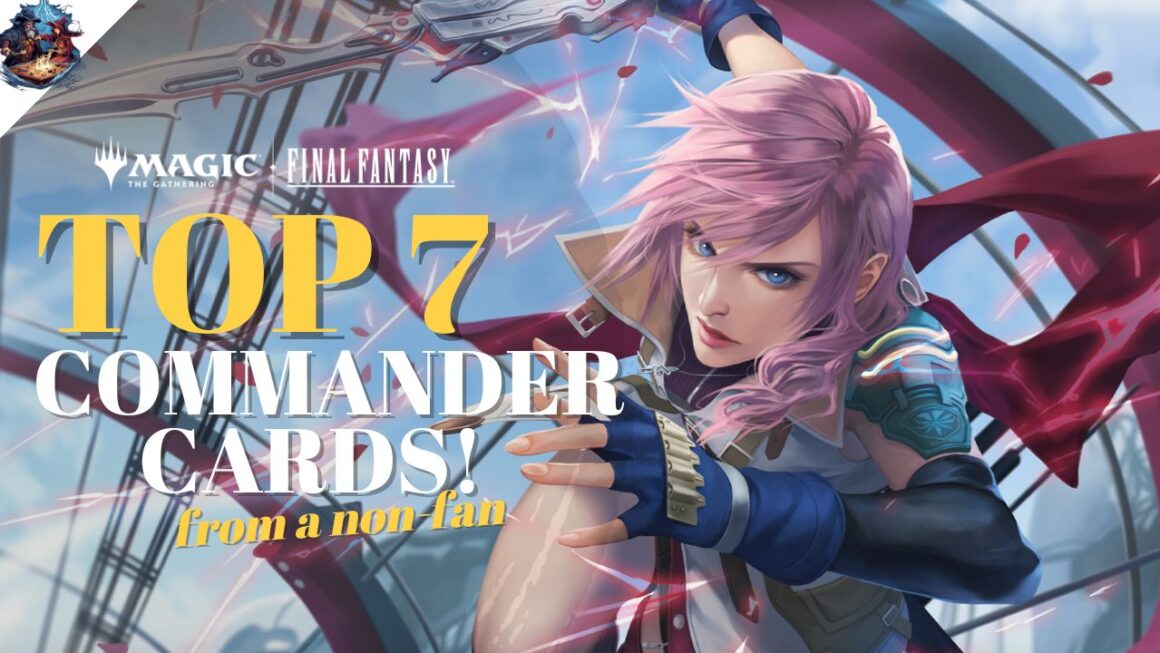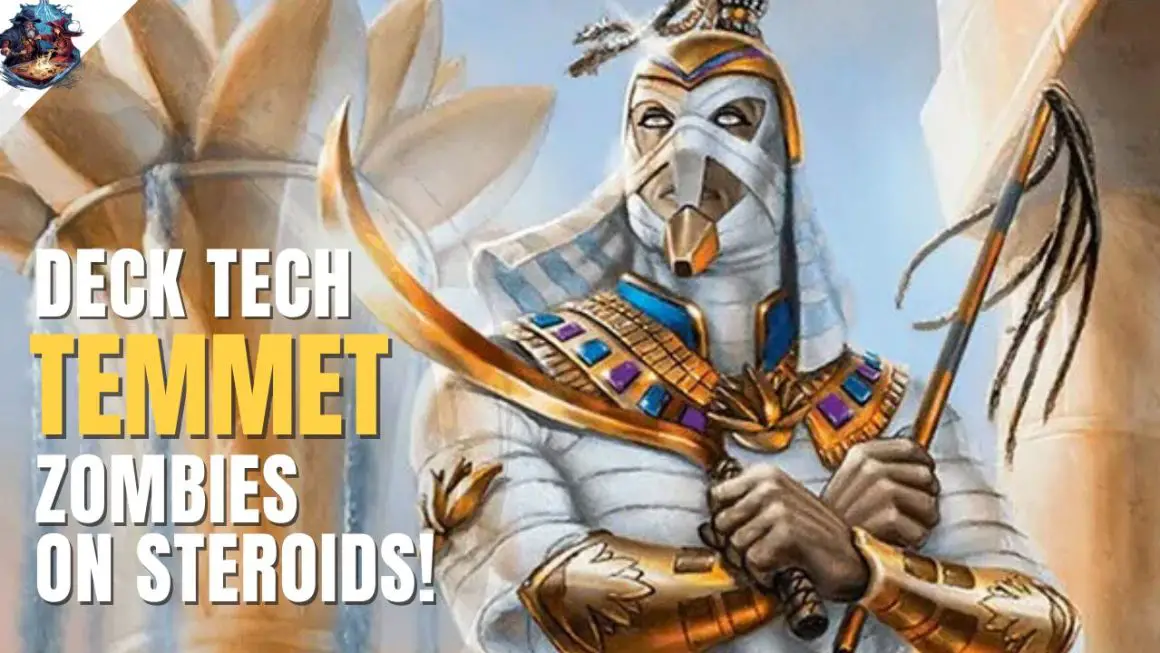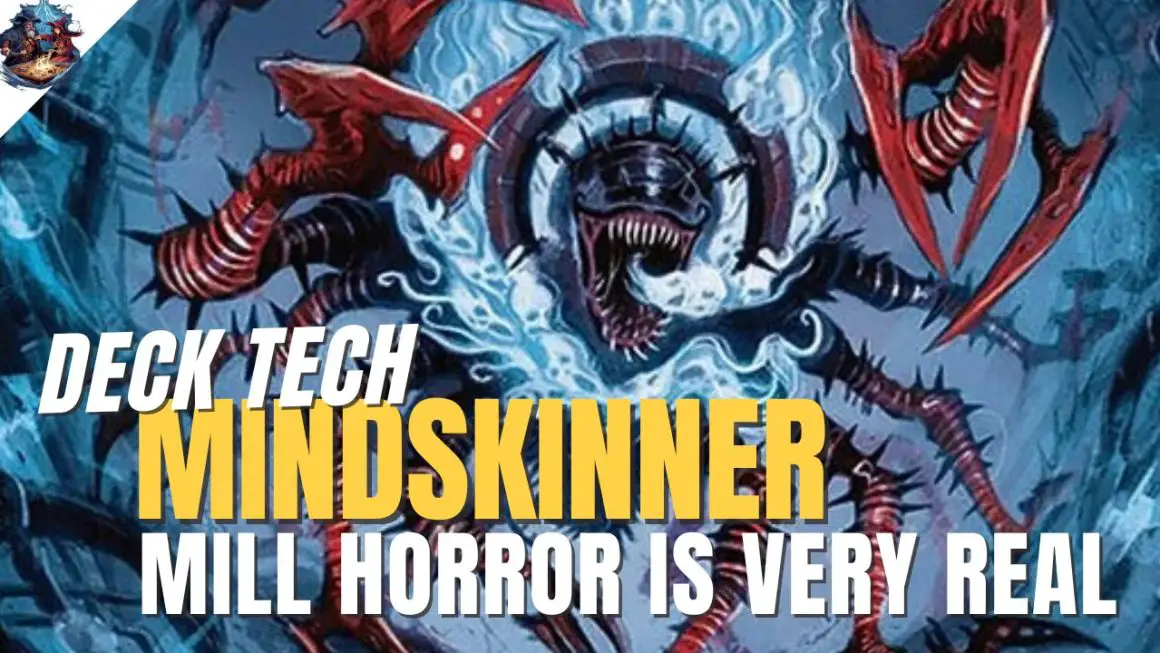Like a sleeping giant, Digi emerges from his cave to give you another article, then goes back to hibernation again!
And what a great time it is! With Dungeons & Dragons: Adventure in the Forgotten Realms (AFR) gracing our shores in the coming two weeks, It’s a season of excitement and joy for Magic Players everywhere! This hallmark set is also the first time that Wizards has chosen a region outside the Magic: the Gathering Universe as a setting for an expansion. It’s the first time we see heavyweights from Dungeons and Dragons, such as Xanathar, the Beholder, the great crime lord of Xanathar Thieves’ Guild in Skullport, or Tiamat, the dragon goddess of greed, the queen of evil dragons.
But today’s article is not meant to showcase potential new commanders to catch your eye but instead shift the spotlight onto a new subtype of cards printed in this new set.
And those cards are Enchantment CLASSES!
I’ll delve deeper into the intricacies of this new Enchantment subtype and what they mean for both Commander and Standard, splitting my analysis based on the Classes’ colour alignment since they don’t cover all two-colour pairs. Simultaneously, I’ll also be recommending ways to exploit them in Commander, along with any potential synergies that pop up during my research. I’ll be leaving my analysis of the dual-colour Classes in another article, so look forward to that soon!
Now, pay attention!
The Mechanics of Enchantment Classes
The most important thing about classes is how they’ll work differently from past mechanics that share certain features.
Functionally speaking, they’re very similar to some creatures from the original Zendikar/Rise of the Eldrazi Block, with the Level Up mechanic. You can pay a fixed amount of Mana as a Sorcery to add a level counter to those creatures, which may allow them to gain new abilities or change their Power and Toughness.
However, unlike Level Up, Classes require you to pay varying amounts of mana in increasing quantities to gain additional effects. But as an upside, you get to keep the effects from previous levels, which can easily make these enchantments game-winning in their own right.
Also, unlike the Sagas from Kaldheim such as Binding of the Gods, these Enchantments are not affected by cards that double or remove counters from them, like Vorinclex, Monstrous Raider and Hex Parasite, since they are not tracked with counters.
The White-Aligned Enchantment Classes
Starting strong, we have the Cleric Class! As a 1 mana White Enchantment, it does little to nothing by itself but possesses strong synergistic gameplay with lifegain decks. An Angel of Vitality minus the 2/2 body is still a useful piece of tech to have early game. It can allow basic lifegain decks to spiral out of control and synergise well with cards like Speaker of the Heavens and Heliod, Sun Crowned. If you’re playing black, other payoffs such as Sanguine Bond and Vito, Thorn of the Dusk Rose offer great ways to weaponise your life total.
Speaking of Heliod, at level 2, this enchantment copies his main effect, granting creatures +1/+1 counters for each instance of life gained. At this rate, it’s easier to play Heliod himself than this card, since his 5/5 body is very relevant late game, and he also has an activated ability that allows other creatures to trigger his triggered ability too. Redundancy is never bad, but ultimately having a weaker Heliod effect for 2 mana more just doesn’t cut it.
The last level of the class is truly where the money is. At the cost of 5 mana, you can essentially Zombify a creature from your graveyard, and gain life equal to its toughness. Unfortunately, this ability is a one-off thing, and unless you plan on either flickering or creating multiple copies of this card in your deck through cards like Clever Impersonator, it’s an incredibly overpriced reanimator spell with a minor upside. Yes, it’s a breakthrough for white decks, but it’s mediocre at best. In Commander, this might return a big lifegain payoff, but then it reverts to being an overpriced Heliod that can’t attack. And even then, an argument about this being “A unIQUE And PowErFUl EfFECt In WHitE” would be overshadowed by another Common printed in Modern Horizons 2 – Late to Dinner. It provides some conditional utility with the food token, whilst being a better Zombify effect in white.
For Commander, I feel lifegain decks are in need of severe redundancy like Heliod, Sun Crowned or Lathiel, the Bounteous Dawn due to limited lifegain effects in their colour identities would appreciate this card, but a majority of decks would be better off just running Angel of Vitality and Heliod, Sun Crowned as distinct cards rather than this janky lifegain payoff.
For Standard, I feel that Mono-White Lifegain might have a home for this card, probably as a one- or two-of in certain builds to replace Lurrus when it rotates. It could work well as a sideboard card against Mono-Red Aggro in best-of-three matches, but otherwise, I don’t expect it to make waves in standard either.
I’ll leave animator Jocat to introduce this class to you:
The first hybrid class on this list, stealing features from both the Fighter and the Cleric in Dungeons and DragonsTM. Its MagicTM counterpart, however, couldn’t be further from the truth. Unlike the cleric class, which specialises in lifegain shenanigans, the Paladin Class seems to diversify its assets into supporting a more “go-wide” strategy.
Let me explain. The first level of the class takes a page from [Tithe Taker’s books, offering a protective aura of divinity that makes opponents’ spells more expensive to cast on your turn, effectively protecting your stuff against instant speed cards like Heartless Act or Counterspell. Not exactly the best, since your opponents can just as easily cast kill spells on their end step, or wipe the board on their turn, but it’s effective at fending off most blue decks.
Level 2 begins to show some promise. A Glorious Anthem for 1 mana more that offers protection for your creatures is worth the mana. And that extra 1 mana isn’t wasted, as it’s in the form of a protection effect for your creatures.
Level 3 further compounds on this, allowing your Creatures to attack for nuclear levels of damage. It only works if you’re going for a “strength in numbers” approach, so you’ll need ample time to set up a board this large for it to have a payoff. As such, you will be left open to board wipes during the turns before levelling up, and your enemies will certainly be able to see these cards coming from a mile away.
In Commander format, I’d say these cards scream “token strategies”. Commanders like Emmara, Soul of the Accord or Thalisse, Reverent Medium would LOVE the anthem effect and the “destroy target player” effect the 3rd level offers. Pillowfort decks utilising defensive enchantments like Ghostly Prison might enjoy the added utility the first level offers, especially for the low, low cost of 1 Mana.
In Standard format, this class may see fringe play in white weenie decks before rotating, but ultimately there isn’t a deck that could use this card to its fullest potential, especially when you have to commit 3 turns to just levelling this card to attain its useful benefits.
The Mono Blue Enchantment Classes
An interesting choice of effects for such an amazing class type. Though not as fragile as the wizards of Dungeons and Dragons, Wizards in mage have succeeded in making a name as the spell slingers of the multiverse. Heck, we just had an entire set dedicated to them!
But here, well… This card seems lacklustre at best.
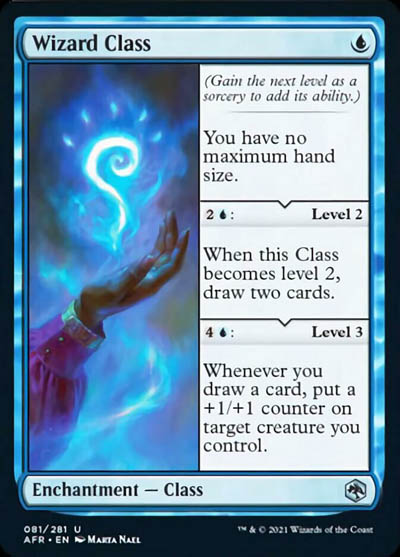
Its base tier makes it a more expensive Spellbook, which is fine since it has much better utility at later levels, but ultimately, its effect has been replicated so many times on other cards that it feels more like a joke. Not all blue decks need a Reliquary Tower, and neither will they need this.
At the second level, you get a Divination. That’s it. Just Divination. It’s slightly better since you’re not losing a card to draw 2, but still mediocre at best.
Finally, at level 3, after a 9 Mana investment(!), you get an effect that is a “blue” version of Heliod, Sun Crowned‘s triggered ability. A +1/+1 counter each time I draw a card? That seems great!
Oh, wait. I normally draw 1 card a turn.
Yeah. there are much better effects spread across a multitude of sets that just reward you for drawing cards outright. Ominous Seas offers you an 8/8 body after drawing 8 cards. Any Niv Mizzet can deal damage based on the number of cards you draw. Nadir Kraken can grow bigger and create 1/1 tentacles every time you draw a card, and you just need to pay 1 mana!
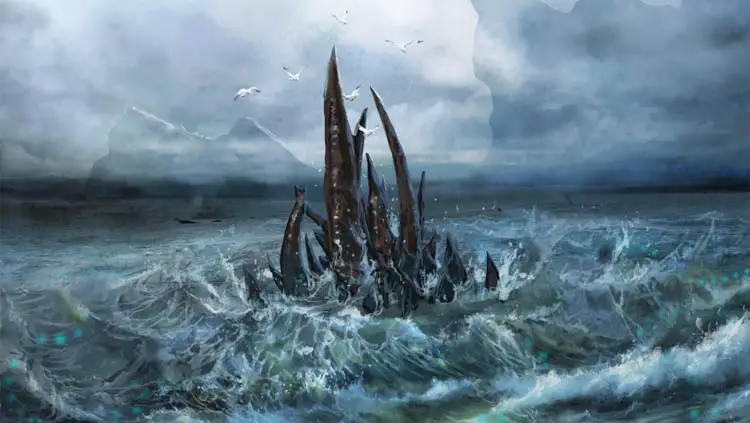
This card requires an insane amount of setup in blue, and it’s so mana intensive that very few decks would even want to consider running this card. Its first tier is laughable, the second is a waste of 3 mana at sorcery speed, and the last level requires you to be so far ahead that you’ve got the game in the bag at this point.
Overall, in Commander, I feel that certain commanders like Pir and Toothy and maybe Aegar, The Freezing Flame would enjoy this added oomph to their creatures, but most blue decks will be content not wasting a slot for such a subpar enchantment.
In today’s Standard, I doubt this card will see play. Insufficient support for big mana plays aside from Yorion shenanigans (even then, there’s a multitude of better spells to play) and the cycling deck being too inconsistent for its own good leads this card to suffer in limbo.
The Black-Aligned Enchantment Classes
This. Now THIS is how to make a great first impression. Warlock Class has two abilities requiring very low Mana commitment, and an ultimate level that would make even most Planeswalkers quake in their hiking boots. The Warlocks of Dungeons & Dragons draw their power from a contract with their patron of choice, typically demonic in nature.
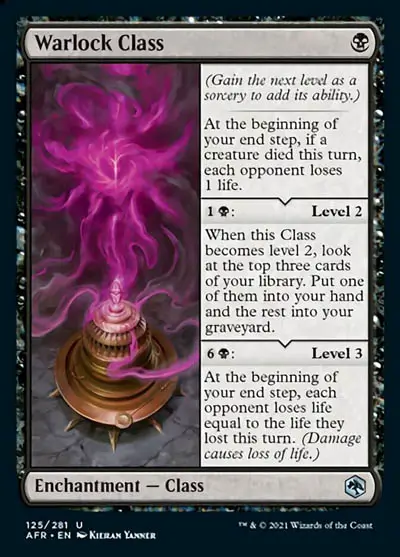
At level 1, the weak ping effect is still semi-relevant in aristocrat decks, since more often than not you will be focusing on sacrificing stuff to your Ashnod’s Altar or Viscera Seer. The main drawback is that this effect only triggers on your End Step, and becomes negligible when it comes to a 4-man Commander pod.
At level 2, you have a Ransack the Lab. That’s it. It’s pretty good for gaining card advantage in limited, and excellent for providing cheap, reliable graveyard fodder to feed a Hogaak or Gurmag Angler.
Then, there’s level 3. As a 9 Mana investment, it’s a bit much, but it’s effect is certainly game-ending.
Requiring significantly less setup than any of the classes mentioned above, this ultimate ability can wipe out opponents at the flick of a switch. It has insta-kill capabilities with cards like Heartless Hidetsugu and Wound Reflection, and can easily wipe players by just existing on the battlefield for a turn rotation. In Standard, it’s unlikely that you’ll ever reach this point, but in Commander this is a monster of a card.
Thus, I feel that only the truly masochistic would be willing to use this card to indulge in their deepest desires for death and destruction. Rakdos, Lord of Riots, Liesa, Shroud of Dusk and literally any black commander that cares about damage would want this card. Even aristocrat decks like Slimefoot, the Stowaway or Teysa Karlov could benefit from the first ability and utilise the last level for an explosive one-turn-kill.
In Standard, this might help fuel some of the off-meta black-green aristocrat or Awaken the Blood Avatar combo decks with its easy-to-trigger first level, and cheap “draw 1 discard the remaining 2” ability that can easily fill up graveyards to feed Extus.
The Mono Red Enchantment Classes
If ooga-booga caveman brain is what you’re into, then the Barbarian Class is certainly for you! A unique mix of the actual gameplay of the Barbarian class, with its heavy reliance on the 20-sided dice, as well as Magic’s own Barbarian subtype, a group of mostly red (and sometimes black or green) creatures that excel at combat, either with evasive keywords like Trample, Menace, First Strike or by swinging in hastily.
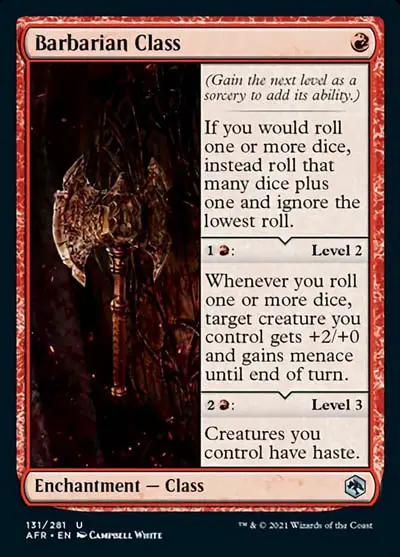
The dice-rolling mechanic is unique to AFR and it’s associated Commander decks, so the overall utility of this card is limited by the potential of other dice rolling cards from the set.
At base level, this class is a “dice roll cherry-picker”. You get to negate a bad outcome in favor of a potentially better one. It won’t necessarily be better, given the degree of variance in 20 sided dice, but at least a natural 1 won’t be so bad.
At level 2, dice rolls begin to actively benefit your creatures. Menace and +2/+0 doesn’t seem like a massive boost, but given that a majority of dice rolling effects in red are tied to attack triggers, you can easily swing in for a significant portion of damage.
At level 3, your class enchantment becomes a Fervor with major upside. It can enable many of the “when this creature attacks…” triggers as well as offering blitzkrieg as a viable strategy to dominating your way to a victory.
In standard, this card offers a cheap and effective way to increase your damage output for a very minimal mana investment. However, unlike current aggro decks, you may struggle to put out your threats if you’re consistently wasting your first few turns leveling up. Overall this might fit in a red-blue or red-green midrange dice-rolling build, but I doubt it will see much play for an uncommon.
The Mono Green Enchantment Classes
Ever wanted to be a furry with benefits? Then Druid is the class for you! A class that utilises the power of the wild to supercharge your spells, the Druid creature type has been part of magic for a majority of its history.
Unlike the insanely diverse Druid subtype, the Druid Class card seems to lend itself to a Landfall sub theme, which is an interesting choice for an enchantment.
At level 1, you get the triggered ability of Kazandu Nectarpot, a forgettable common creature from Zendikar Rising. It’s a little reward for just playing the game, nothing much else.
At level 2, you get the static ability of Wayword Swordtooth or the other 10+ “play an extra land” cards. It’s an interesting ability, and attaching it to a hard-to-remove enchantment is certainly an upside.
At level 3, you get an incredibly gimmicky 1-time Land animation ability. Yes, if you’ve played this card right it can easily be a 5 mana 6/6 that scales with the number of Land drops you make. But on the flip side you just paid 5 mana to create a big chonky boi that will likely get chump blocked for all eternity. This card appears stellar in Limited (i.e. Draft or Sealed formats) but I doubt it will even shake the pool of Standard.
For Commander, there’s honestly a multitude of better options to choose from. If you’re making a Landfall deck, cards like Exploration, Azusa, Lost but Seeking, Mina and Denn, Wildborn etc are all better options than spending 5 mana for an ability that costs 1. However, for budget deckbuilders or new players, this card is quite the Swiss Army knife, giving them access to a Exploration-style effect at uncommon in a standard booster pack. I think this card will make its way into some Landfall-centric budget Commander decks, but will be mostly glossed over by the rest of the community.
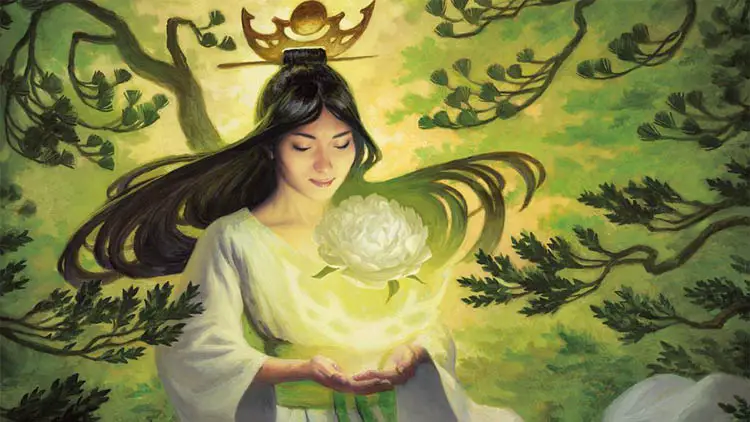
In Standard, this card just isn’t worth the 5 mana investment for an extra Land a turn. Azusa still exists and even she doesn’t see much play, so I doubt we’ll see much of this card.
If you’ve wanted a pet at one point, why not make your dreams come true and make your pet a rabid 2/2 wolf that eats your opponent’s face off? The ranger is a combat-oriented class, utilising their weapons and skill with animal familiars to utterly destroy their enemies. And thankfully, unlike the rangers of Dungeons and Dragons, your destructive powers aren’t limited to a specific set of creatures, but rather just everything that lives and breathes in general.
At level 1, Ranger Class gives you an on-curve 2/2 creature with a semi-relevant creature type. This ability can easily help create small tokens for blockers late game, or regain board control against aggressive matchups.
At level 2, your creatures become bigger with each growing turn. Though this ability only triggers once each combat step, the ability can easily get out of hand late game if not dealt with.
At level 3, your abilities to summon animal companions is heightened. The enchantment becomes a Vizier of the Menagerie with a very powerful upside. An amazing piece of work late game, it can easily help green decks recover from stalemate top-decking board states, by providing them with additional gas. However, it still suffers from the same problems as the vizier, which is typically a result of land-flooding or getting stuck due to multiple noncreature cards being at the top of the deck.
This card is very interesting to rate, since it has amazing potential. And in Commander, having big bomb-y cards make for fun games in casual play. It lends itself to multiple strategies, since the token generation can be exploited by small token-centric commanders like Emmara, Soul of the Accord or Tolsimir, Friend to Wolves, and its late game ability can help them recover from board wipes. The fluidity of this card can also benefit some +1/+1 counter strategies, since the free counter just by attacking is a nice upside to have. Overall, I expect this card to be an interesting piece of tech in decks that could use more utility and reliance to push their threats.
In standard, the ability to make multiple 2/2 wolves on curve as well as having a relevant level 2 ability at a reasonable cost makes this card a powerhouse with multiple copies. Only time will tell if this card ever finds its way into standard as a mono green/ GX midrange deck.
End Step
And that concludes the first 7 classes! We’ll be tackling the remaining 5 in our next article, but so far there is a mix of good and bad classes, but at uncommon, most of these classes serve better as limited fodder rather than powerful, format-warping bombs.
It stands to reason that, as the 8th Standard set to enter this rotation, these classes are designed to push Magic’s design envelope even further, and opens up the possibility of similar styles of enchantments in future sets.

